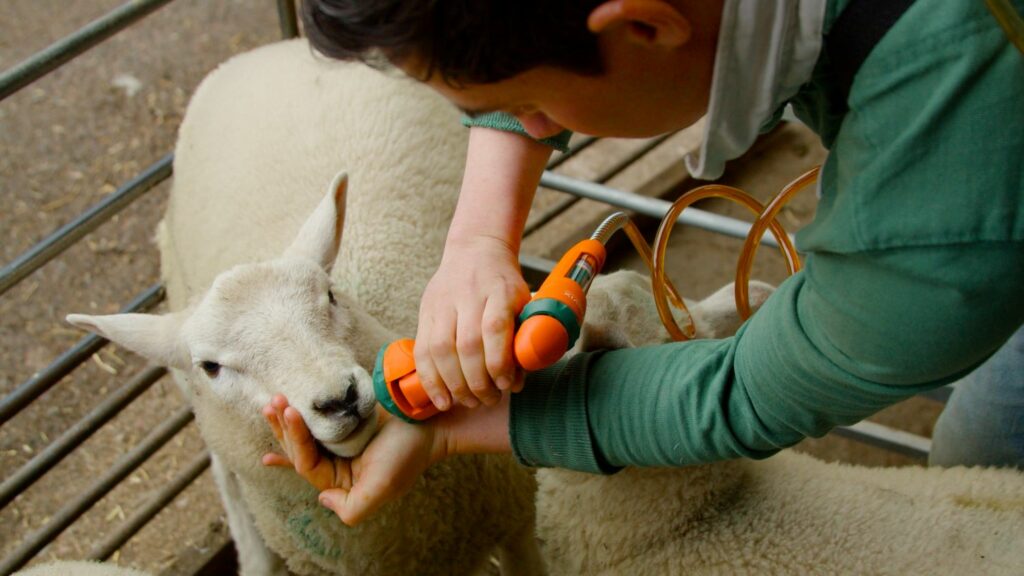Farmers urged to use a newer active when drenching sheep this autumn
2nd November 2022
Following a major increase in worm egg counts, it is recommended that sheep farmers switch to a newer group 4-AD (orange) wormer for mid-to-late season drenching.
Farmers who haven’t yet dosed lambs this season are being strongly encouraged not to rely solely on older wormers due to concerns over anthelmintic resistance in the national flock.
The recommendation comes as data from a worm egg surveillance programme encompassing 70 UK sheep farms has shown a surge in worm egg counts this autumn. The increase follows a dry summer with very minimal rainfall, which has resulted in lower-than-average worm burdens in sheep.
In order to slow down emerging resistance, Matt Colston, a veterinarian at Elanco Animal Health, said it is crucial that farmers worming lambs this autumn use a group 4-AD wormer, such as Zolvix.
“Wormer resistance is a huge problem, albeit usually invisible, with research showing that 94% of farms are resistant to white wormers, 68% resistant to yellow wormers, 51% resistant to ivermectin and 19% resistant to moxidectin [1].
“Continuing to use only older actives is likely to result in worms being left behind after treatment which can reduce growth rates in lambs by up to 50%, before any visible signs are present [2],” Mr Colston explained.
In addition, continuing to rely on the same wormer groups will also contribute to a growing level of resistance, with potential long-term implications for future worm control [3], according to Mr Colston.
“Wormer resistance is a problem that is already increasing under the radar on most farms. Once established on a farm, a resistant worm population cannot be reversed,” he warned.
“Regardless of the current level of resistance on individual farms, it’s crucial to strategically introduce a newer group active into wormer regimes now. Beyond the cost benefit of an improvement in lamb performance […] the introduction of Zolvix now will help to slow the rate of resistance build up to the older group wormers.”
Mr Colston said this will also allow group 1, 2 and 3 wormers to be used for much longer.
“Advice from SCOPS recommends that all sheep farmers use either an orange (4-AD, Zolvix) or purple (5-SI) wormer at two key points in the year: as a one-off mid to late season dose for lambs, and for all incoming stock as part of a quarantine treatment,” he continued.
“After a quarantine dose, sheep should be housed or yarded for 24 hours before moving to ‘dirty’ pasture. However, after treating lambs with a break dose, keep them on ‘dirty’ pasture for three to four days before moving.”
Lastly, Mr Colston reminded farmers that other SCOPS principles must also be followed. These include testing sheep to identify which animals need to be treated and determine the required dosing.
Sheep farmers are encouraged to take advantage of the Elanco Animal Health’s Sheep Wormer Checker for advice on which treatments to use and when to help develop a sustainable worm management plan.

